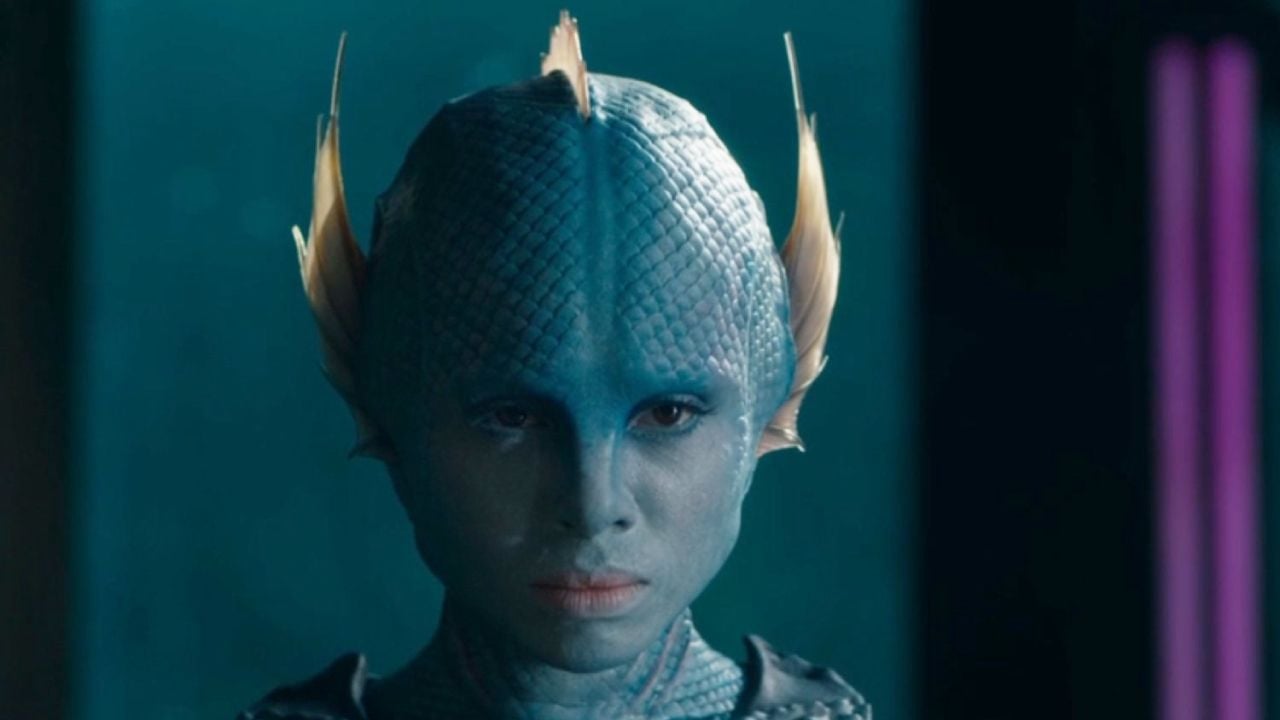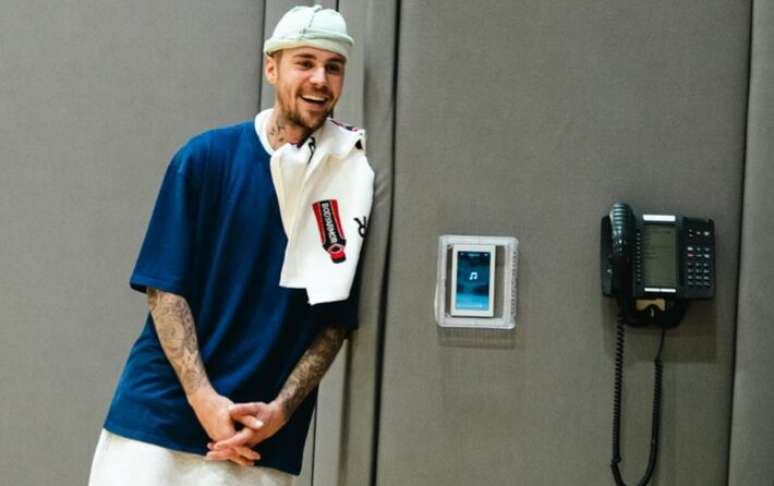Avatar: The Way of Water hit theaters in December and captivated audiences with yet another work by James Cameron that broke barriers and challenged cinema-oriented technology. A highlight of the film that brings Jake Sully, Neytiri and their children to the side of a new clan was the performance of the actors underwater.
The Sully family lives harmoniously on Pandora, until a new threat forces them to join the Metkayina clan, a people with a deep connection to the sea. Thus, the storyline presented the filmmakers with an unprecedented challenge: developing footage in aquatic environments. So the team set out once again to revolutionize the use of film technology.
Again because the avatars 2009 brought the revolutionary technique of “image-based facial acting capture” to bring computer-generated characters to life in the most realistic way. For this, a new system was developed using a camera attached to the actors’ heads to precisely record the smallest nuances of their facial performances, especially eye movement, which was not the case with previous systems.
This information was then processed by the visual effects team, who developed the technology needed to make the CGI characters display emotions just like their respective actors.
Already inside Avatar: The Way of Water and its sequences, the previous system was replaced by two high-definition cameras designed to record the performance with greater fidelity and subtlety. Early in production, Cameron and his team met to discuss how they would approach the new challenge of capturing underwater action.
James Cameron explains underwater filming
“The most important thing was being able to shoot underwater and on the surface so that the characters would swim and come out of the water and dive. It feels real because the motion capture was real. And the emotion was real,” Cameron explained.
For this reason, a gigantic tank with a thousand cubic meters of water was built which served as an underwater scenography to capture the actors’ performance. “This has become our complete combat system. We could create waves crashing on the beach and pull people out of the water with the waves crashing against them. We could generate interaction between the waves, the creatures and the people that emerge,” describes the director.
But an obstacle soon arose: soon, the Avatars 2 he realized that the performance capture technology would only work underwater if it was completely crystal clear. This meant that the cameramen could not wear scuba gear while filming, as it created bubbles. “Each of these bubbles works like a tiny distorting mirror. The system that’s trying to read all the sensors on the actor’s body to capture movement can’t tell the sensors from the bubbles,” explains director James Cameron.

This restriction meant that everyone had to hold their breath inside the tank, including the lighting technicians, cameramen and the actors themselves. Hence the time records of actors recording underwater.
the footage of Avatar: The Way of Water started in September 2017 and lasted 18 months. James Cameron explained the process: “There’s nothing to distract them. Let’s film. Sometimes we record for 10 or 12 minutes straight. It’s a source of creativity and I, as a director, am much more attuned to the emotional states of the actors.”
In order for the cast to act underwater and adapt to the conditions required by the technology used, the filmmakers turned to Kirk Krack, a world-renowned specialist in freediving, a modality based on the voluntary suspension of breathing in water while traveling long distances or descending great depths. .
Once the recording of the performances was complete, Cameron and the editing team used their revolutionary virtual camera, a feature that allows the director to film scenes within his computer-generated world as if he were shooting on location or on a Hollywood sets. “I could see them where they needed to be, underwater or out, and I could talk to them through the underwater communication system. They acted in real time based on what I was seeing in the virtual camera,” says Cameron.

The director also says that the cast thoroughly enjoyed the process and all were great freedivers, especially actress Kate Winslet, who plays the character Ronal, matriarch of the Metkayina clan. “Kate loved the freedom of being able to perform underwater. She managed to hold her breath for about 7 minutes and 20 seconds. I’ve been freediving for 50 years and I think the longest I could hold my breath was 5 and a half minutes,” says James Cameron.
Breaking down technological barriers Avatars 2
The final part of the picture creation process took place in New Zealand, more precisely in the visual effects studio of Oscar-winning director Peter Jackson. Similar to avatars Since 2009, studio artists have worked to continue bringing Na’vi to life, while preserving all the nuances and subtleties of the performance.
“For me, it’s all about the characters and the ability to be with them, to be in the moment with them, to see their actions, to understand how they are feeling and what is happening to them. Always looking for that emotional connection,” says visual effects supervisor Joe Letteri.
The studio has digitally created new corners of the fascinating world of Pandora to an unprecedented degree. The studio has reached new frontiers in lighting, shading and rendering, the product of five years of research and development of new software and methodologies for the sequel.

Cameron concludes: “We had to understand how water moves when a giant creature displaces tons of water with its flippers, or when the tiniest drop of rain lands on someone’s forehead, running down their eyebrow and down their cheek. It’s an extraordinarily complex question, but the great thing is that if you can solve the theme of water for this movie, you can do anything in water anytime until the end of time. Therefore, these tools become extremely important for the effects industry in general”.
Avatar: The Way of Water is showing in theaters across the country.
The post How James Cameron Defied Technological Boundaries in Avatar 2 first appeared on Olhar Digital.
Source: Olhar Digital
Camila Luna is a writer at Gossipify, where she covers the latest movies and television series. With a passion for all things entertainment, Camila brings her unique perspective to her writing and offers readers an inside look at the industry. Camila is a graduate from the University of California, Los Angeles (UCLA) with a degree in English and is also a avid movie watcher.







